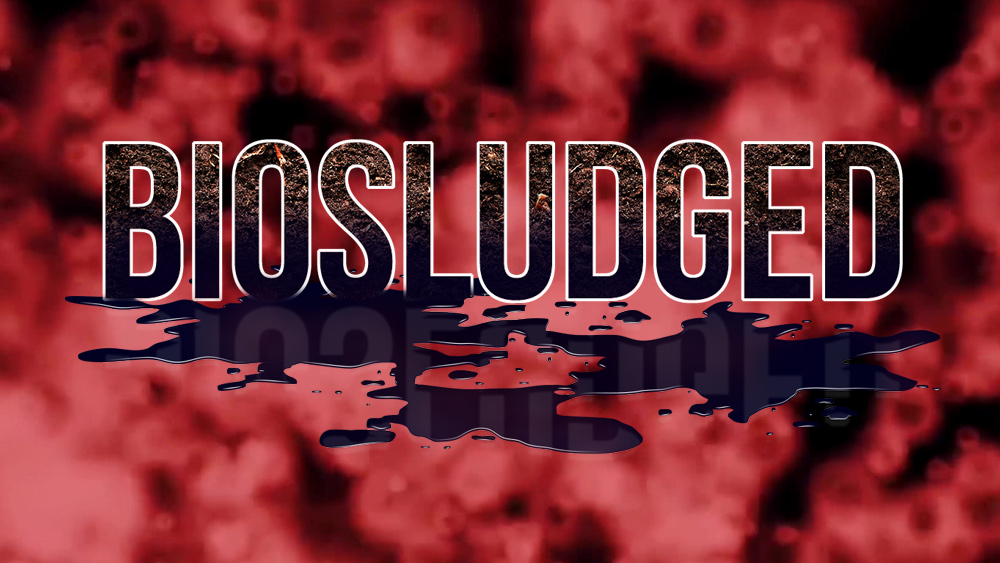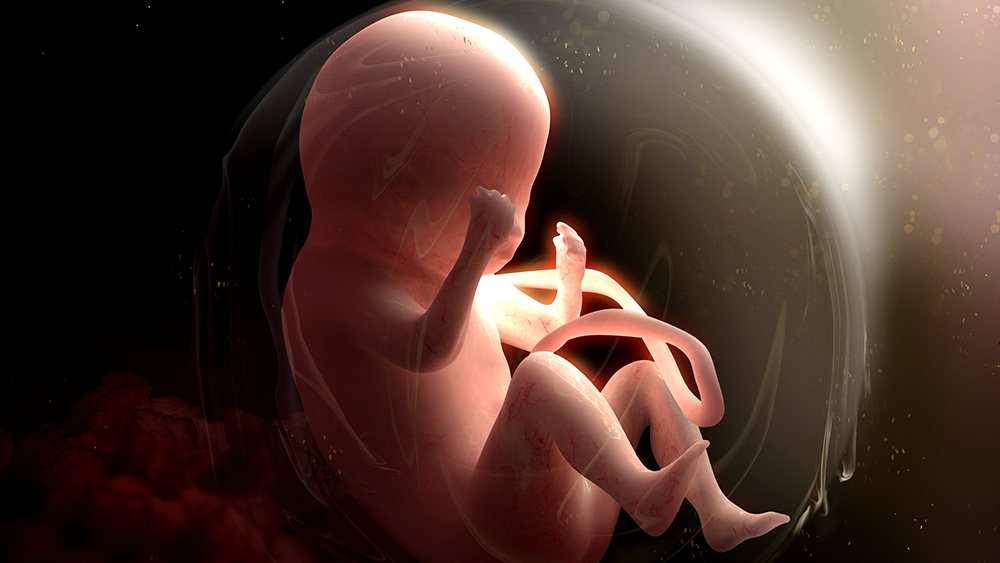How mad science will destroy humanity
04/23/2019 / By Isabelle Z.

Many scientific advancements make life a lot easier and more convenient, but not every new discovery is a good one. In fact, some of the most complex and intelligent scientific discoveries of modern times could actually prove to be our undoing.
Take, for example, the recent experiments in which human brain genes were added to monkeys. Not surprisingly, this project is taking place in southern China, where scientists are introducing extra copies of the human gene responsible for shaping human intelligence into rhesus monkeys.
The transgenic monkeys do appear to be smarter. Their brains took a longer time to develop, more akin to human children, but their reaction times are faster and their memory skills are better than ordinary monkeys. However, there is really nothing about the idea of a monkey that has a human brain gene that isn’t scary. China is also the place where geneticist He Jiankui carried out his controversial work editing the germline of human twins using CRISPR.
Where is all this headed? No matter how you look at it – even if you try to be generous and imagine it could somehow help protect humans from disease – the potential for harm here is great, and that extends far beyond the well-being of the monkeys in question. It could spell the destruction of humanity, and it’s just one of the ways in which mad science is headed down a terrifying path.
Another worrying area is the research into deadly viral strains. In some cases, scientists are intentionally creating transmissible viruses so they can study them, but the potential for things to go wrong is huge. These lab-grown pathogens aren’t always contained in labs. For example, a Texas lab lost a vial with the Guanarito virus, which can cause problems like bleeding in internal organs and from body orifices. Whether it’s smallpox or anthrax, which exist in labs today, or an artificial super virus we have yet to hear about or even create, viruses can fall into the wrong hands and become weaponized or merely infect people accidentally and swiftly wipe out the masses.
Science saves lives, but it also takes lives – especially when it’s in the wrong hands
Another example of science gone crazy is the idea of injecting aerosol particles into the stratosphere in an attempt to slow global warming. It’s a ridiculous idea for several reasons, not the least of which is that it could change global weather patterns like precipitation and storms in ways that could be disastrous. There’s also the fact that should such insane aerosol emissions suddenly be stopped for whatever reason, our planet’s temperatures would suddenly spike and humanity simply wouldn’t be able to adjust. It would spell the end of life as we know it.
Meanwhile, genetically modified crops and dangerous pesticides are destroying the nature that we depend upon for life, from directly harming the foods we eat, the water we drink and air we breathe to killing the bees responsible for pollinating crops and other wildlife.
Nuclear power is another innovation that has the power to cause great harm. Look at Fukushima, where radioactive contamination is drifting all the way to Alaska even eight years after the devastating nuclear accident. All the security measures in the world couldn’t stop the plant from melting down and spewing radiation into the air after the area was hit by an earthquake and tsunami. And while we’re on the topic of nuclear power, let’s not forget how easily nuclear bombs could wipe out the planet.
Many of us can say that our lives have been aided and even saved by a scientific advancement, but when scientists play god on such a massive scale, the results could be apocalyptic.
Sources for this article include:
Tagged Under: apocalypse, badresearch, bioweapons, CRISPR, dangerous science, Fukushima, gene editing, genetic engineering, lab grown pathogens, mad science, nuclear meltdown, nuclear weapons, scientific advancements, Viruses

















